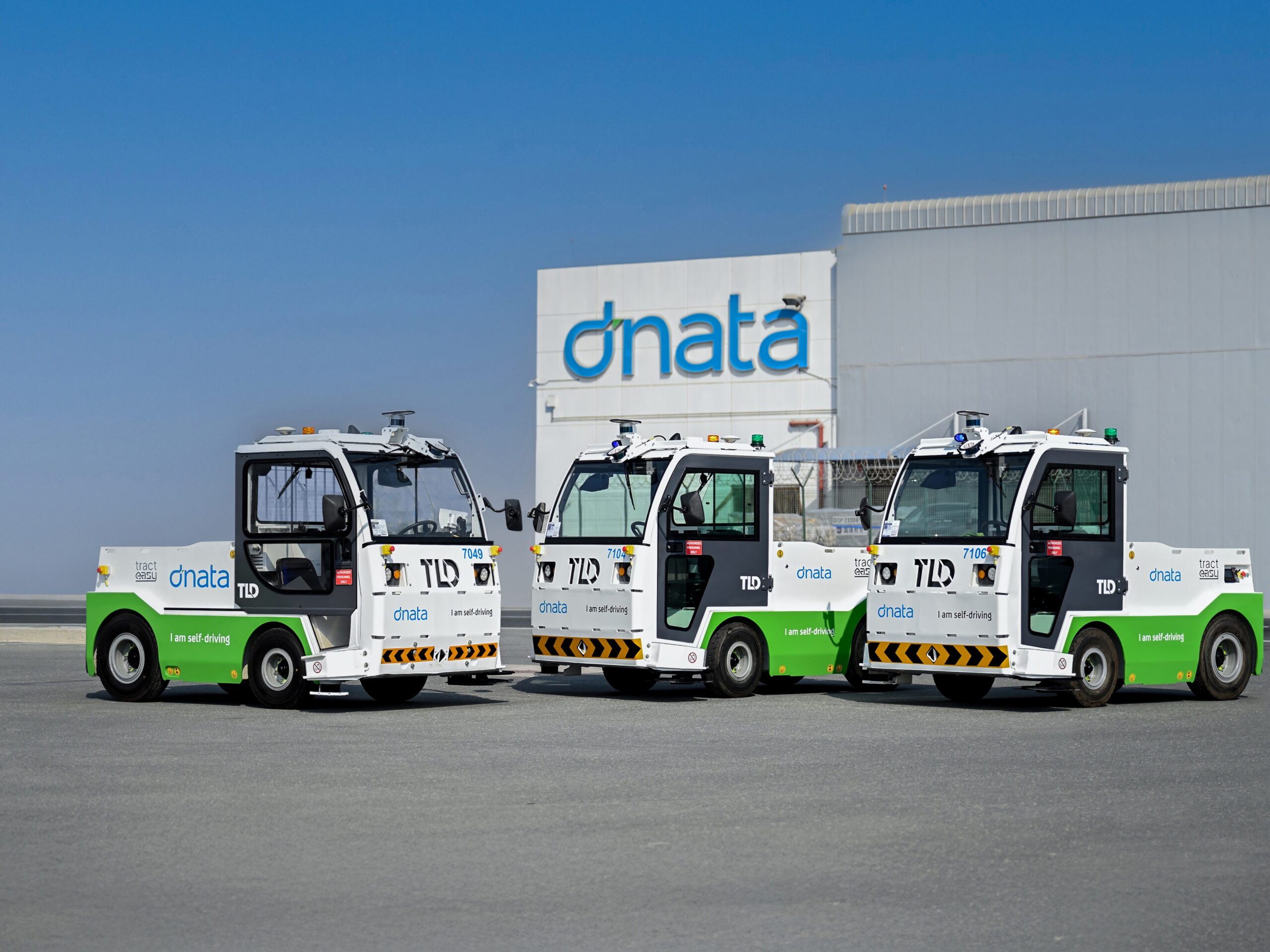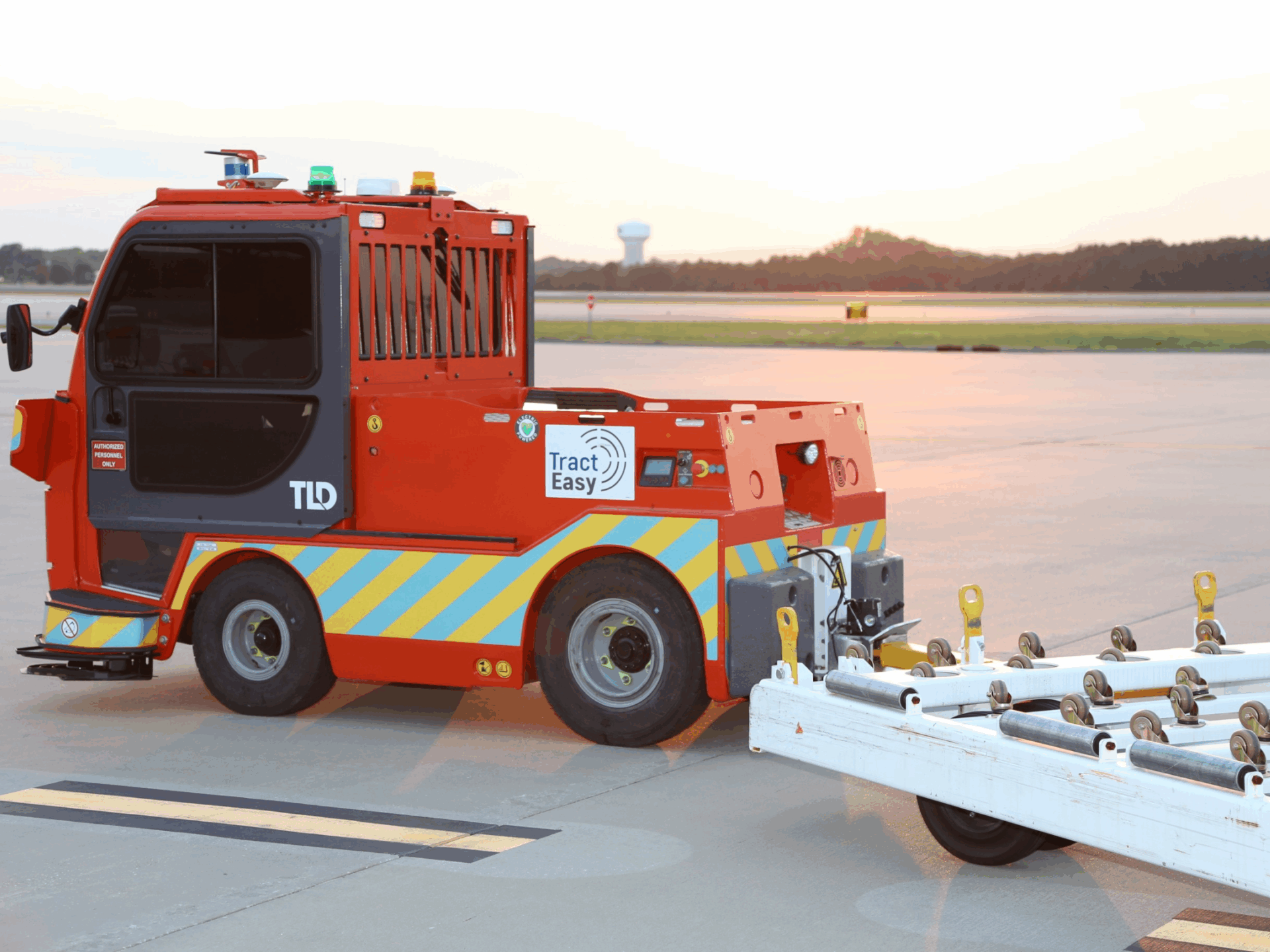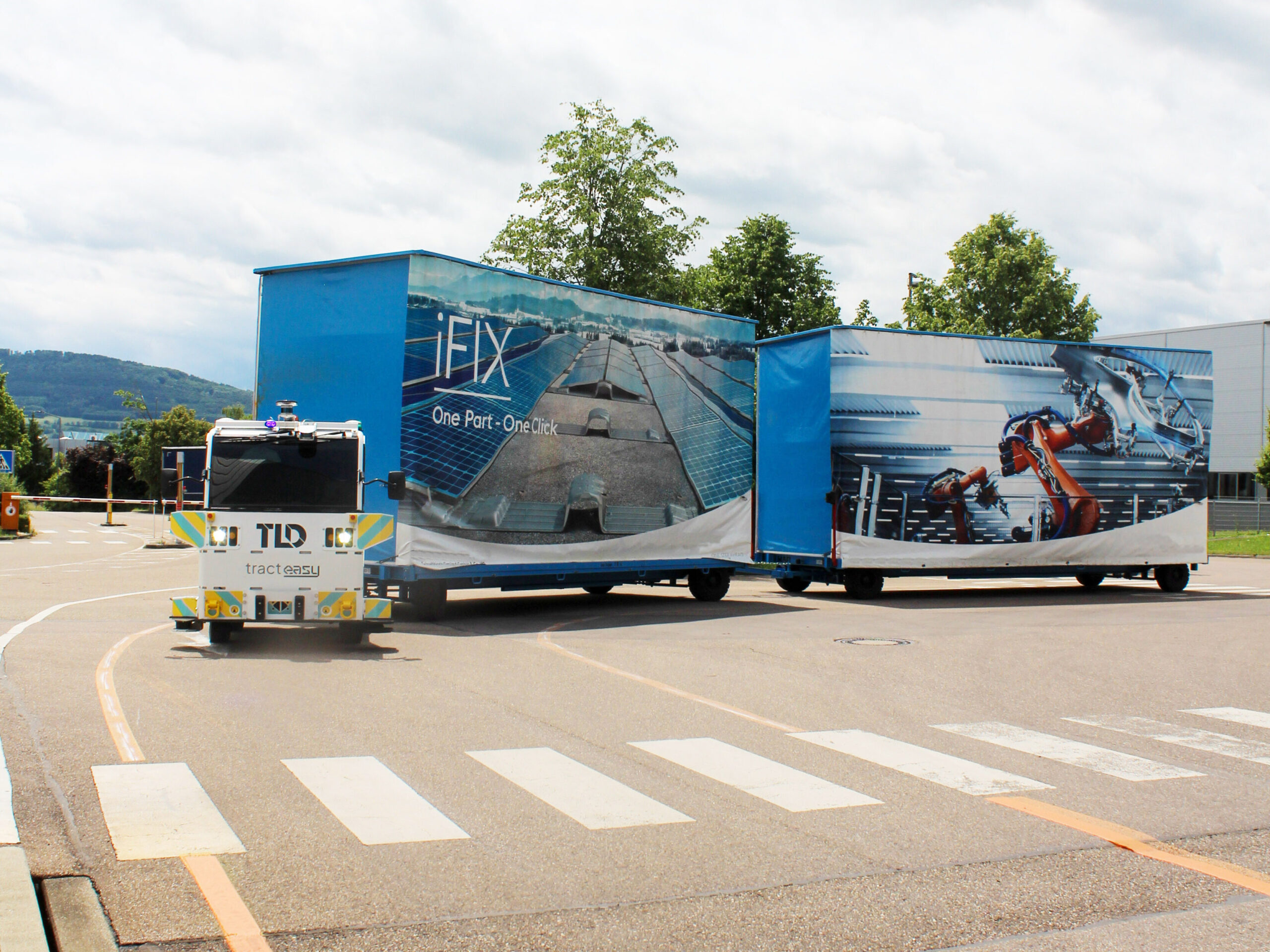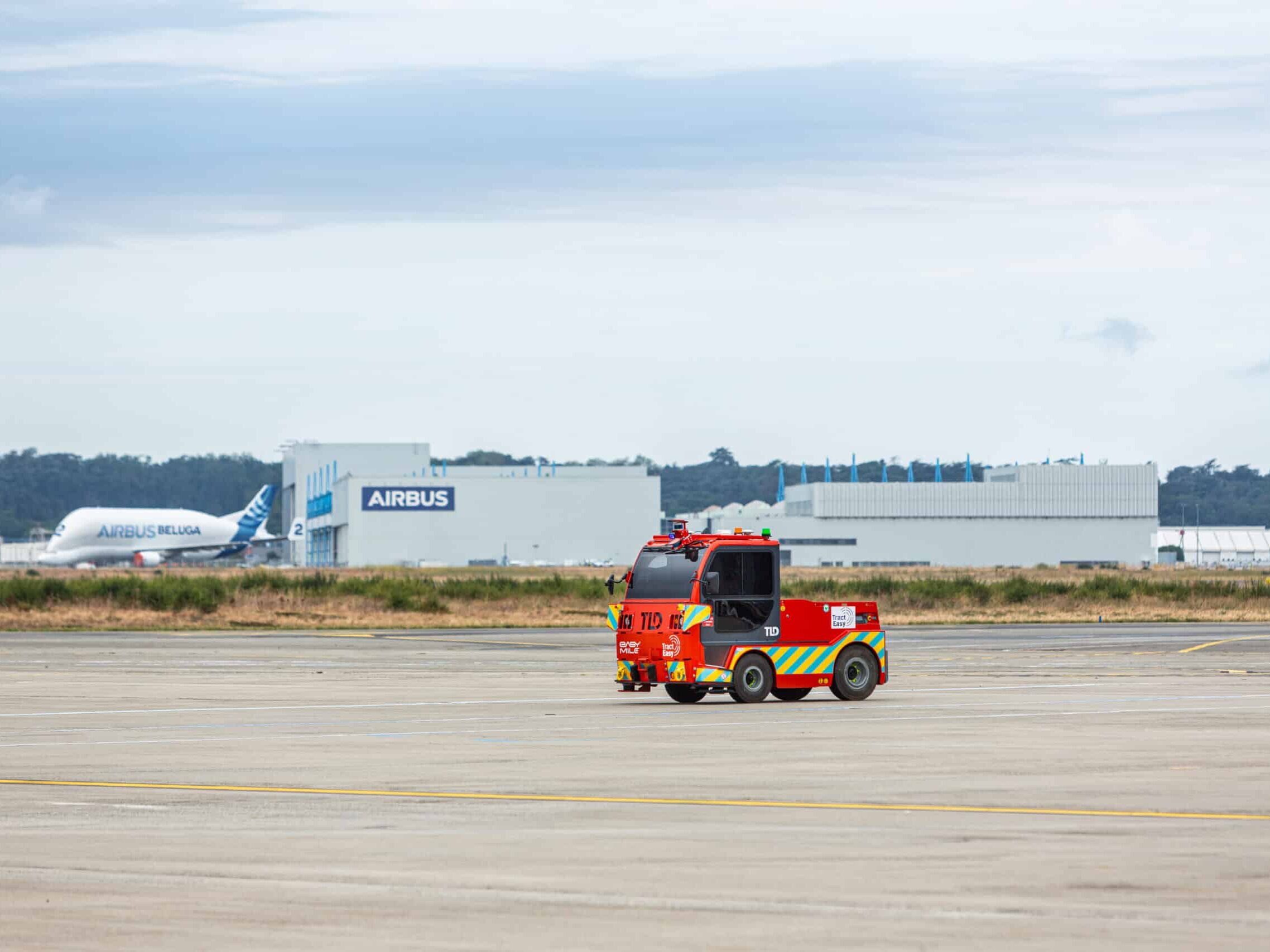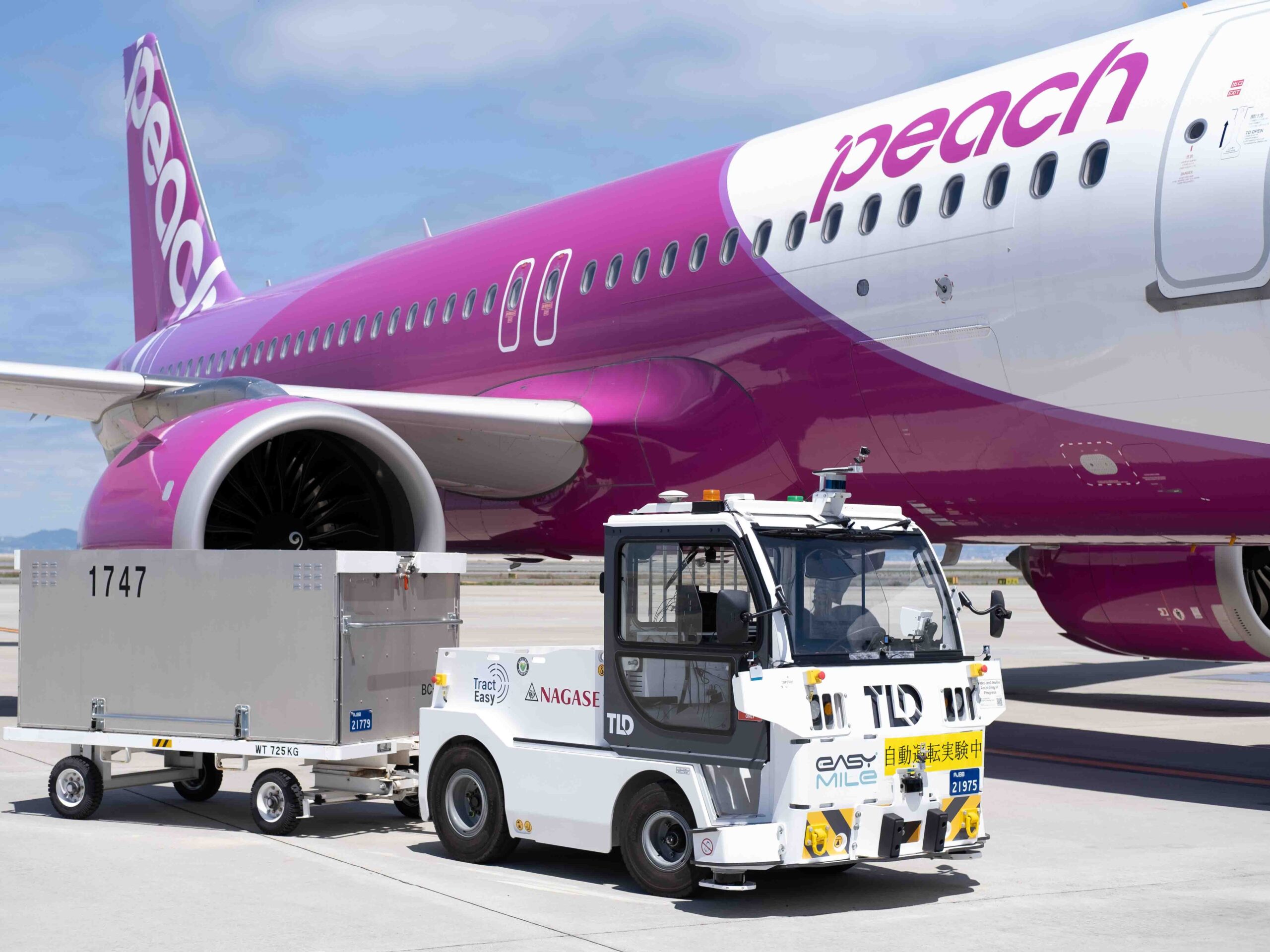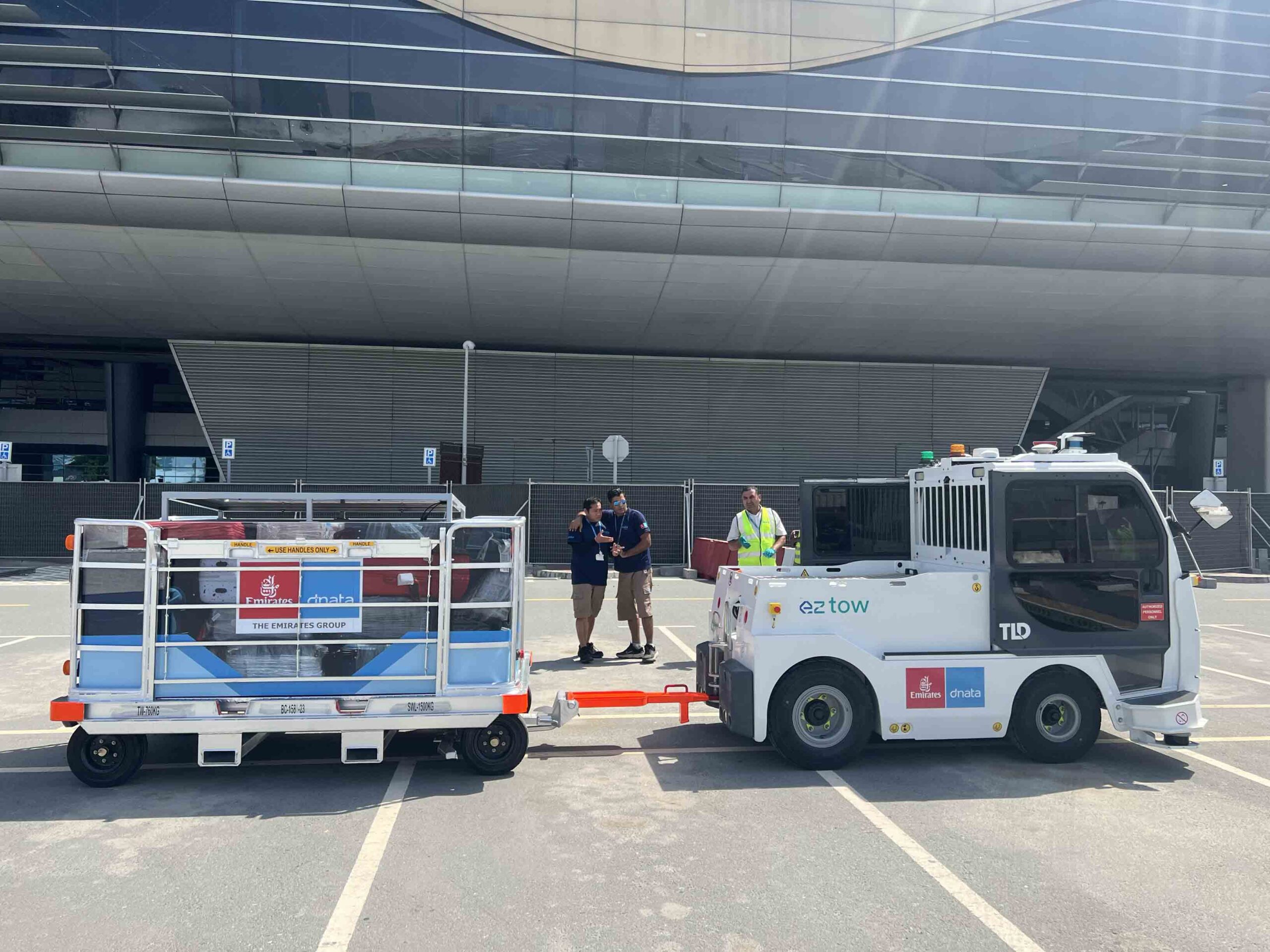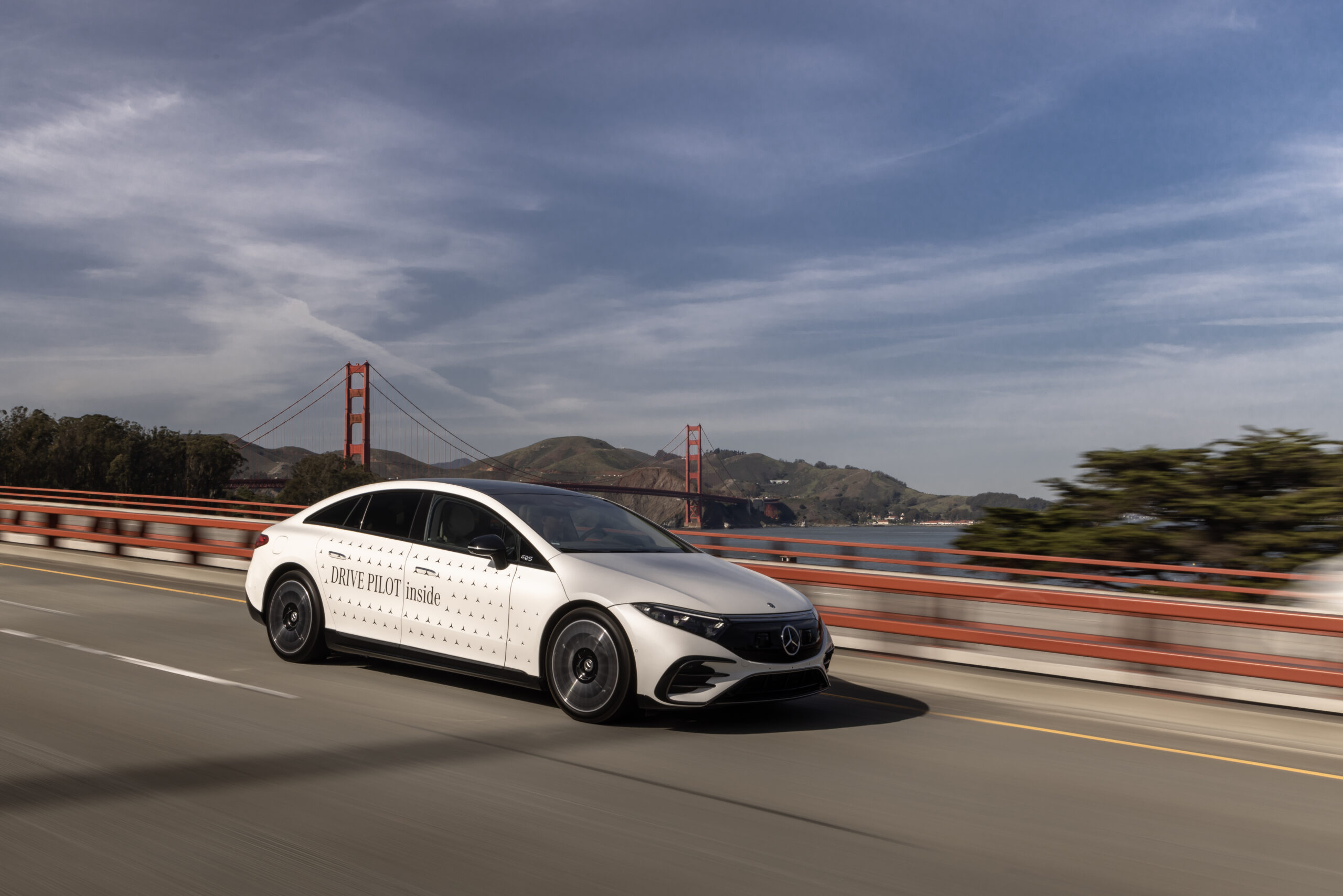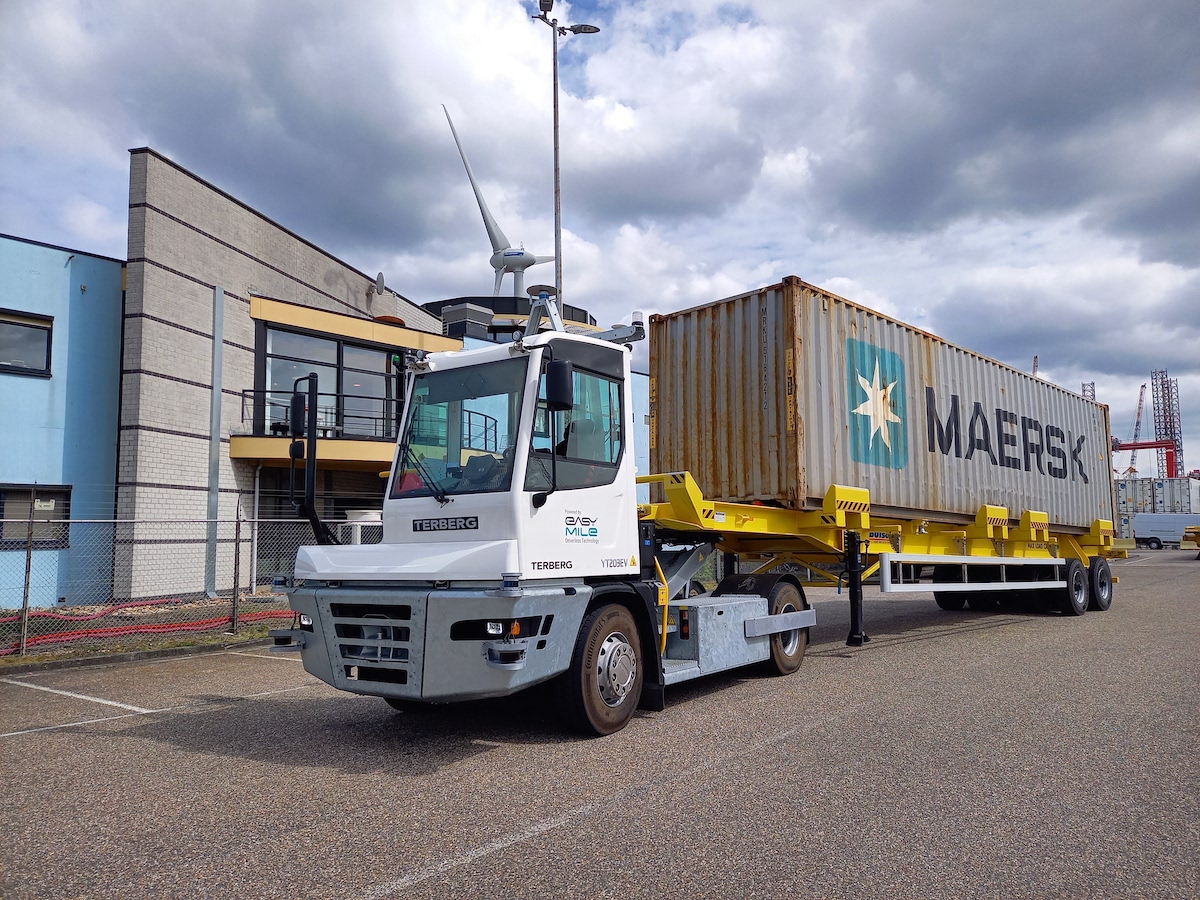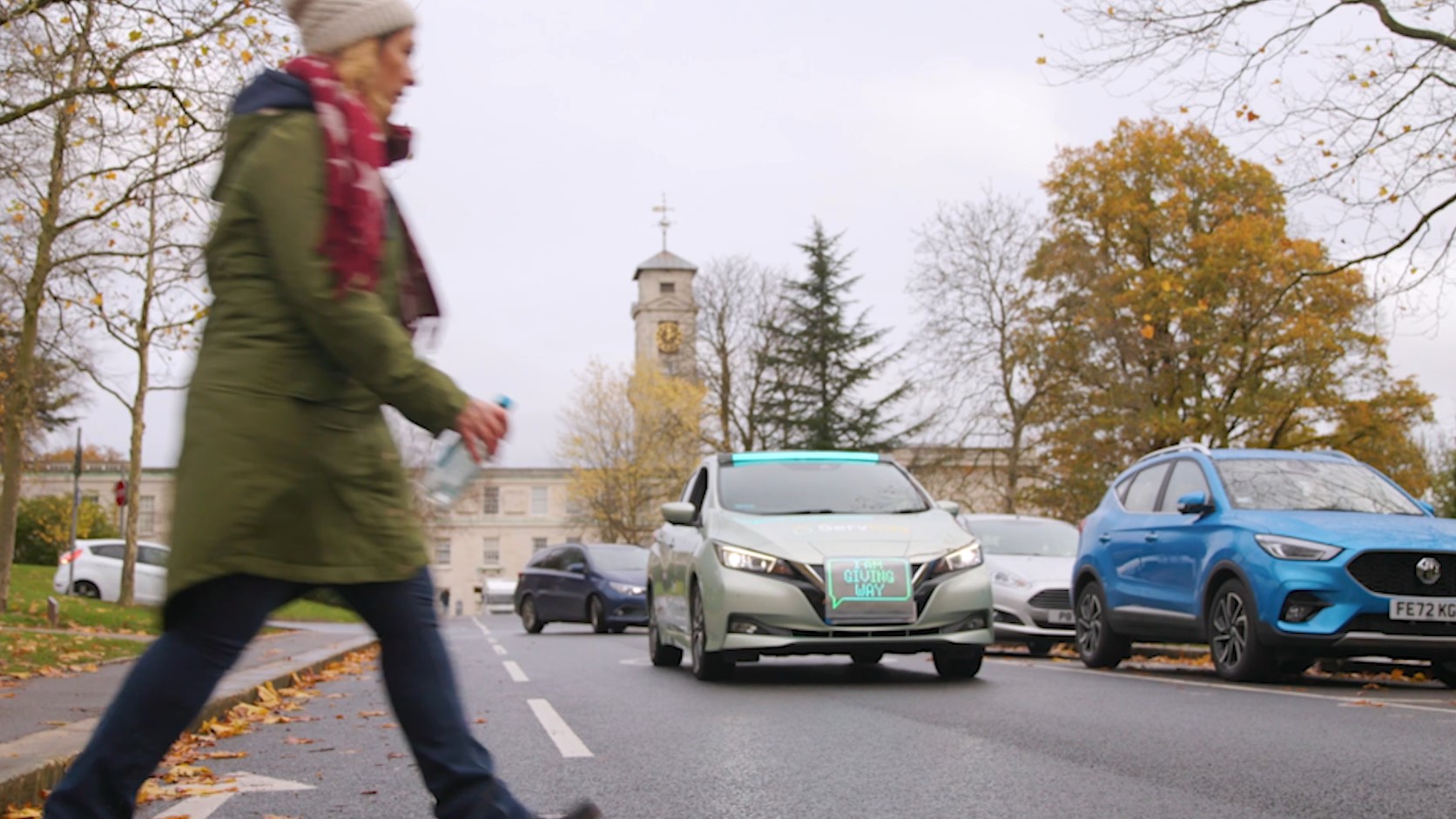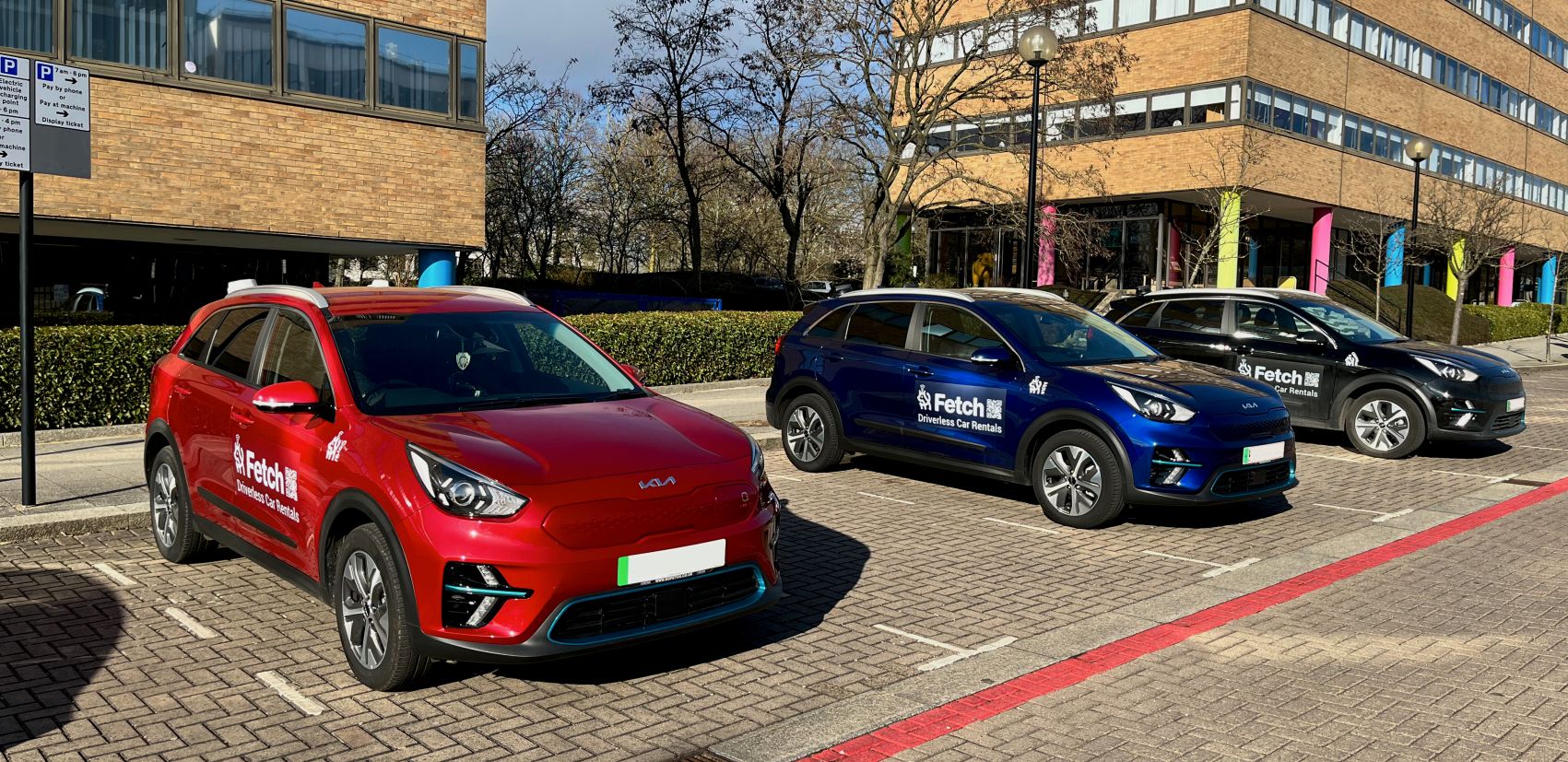Two driverless buses started linking Germany’s Ilmenau train station and its Technical University this week. More will be added in the future, to cover high demand in rush hours.
Since their launch, the shuttles have been successfully ferrying passengers between Ilmenau train station and the Technical University, proving a convenient and time-saving alternative to walking.
All the necessary permits for operating and using the buses on public roads were obtained.
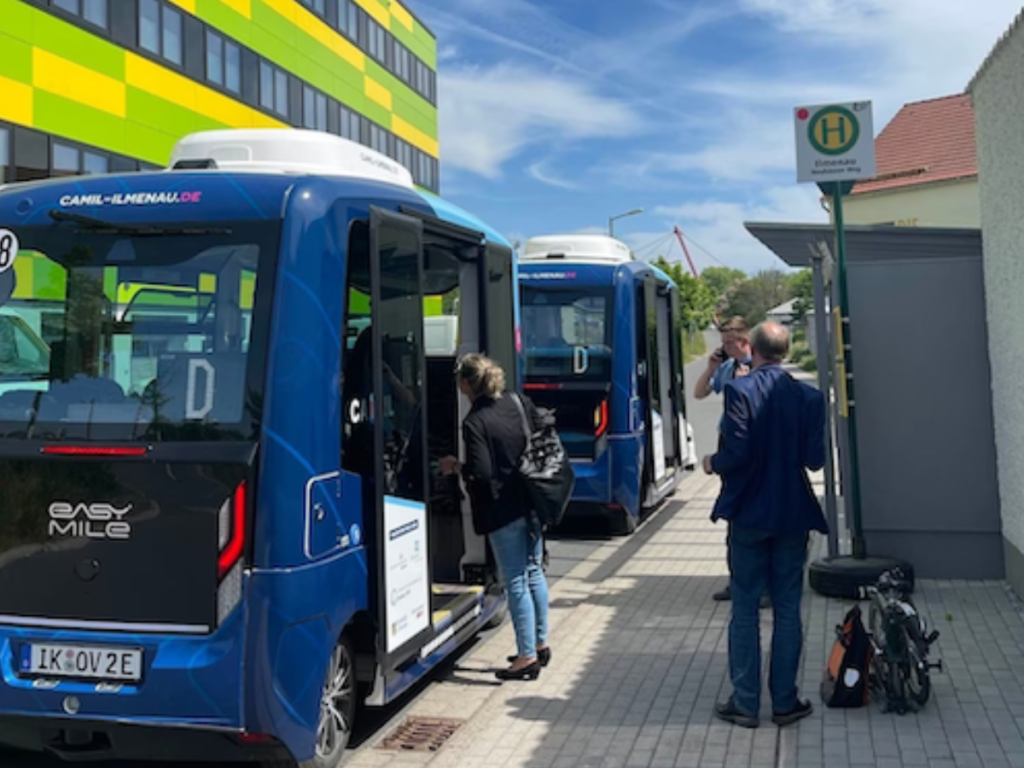
This accomplishment demonstrates the commitment of Ilmenau’s local authorities and transportation agencies to embracing innovative solutions to enhance the efficiency and accessibility of public transportation.
To ensure smooth operation in regular service, the municipal bus company IOV has trained eight employees on autonomous operations. These individuals play a crucial role in overseeing the journeys and ensuring passenger safety. While an operator is currently required to be on board during trips, there are plans to transition to fully driverless operations in the future, as the service continues to evolve and gain public trust.
Equipped with advanced optical sensors, the electric mini-buses constantly measure the distance to objects on the road and monitor their speed. Additionally, a sophisticated system records the precise position and orientation of the buses at all times. These technological features enable the buses to navigate their routes with precision and react to changing traffic conditions, ensuring a safe and reliable transportation experience.
Before the implementation of the service, the route of the autonomous buses was electronically measured and mapped out. The buses operate along a two-kilometer route, with five designated stops where passengers can board and alight. With a fare of 1.60 euros per trip, the shuttles offer an affordable and eco-friendly mode of transport, capable of accommodating up to twelve passengers at a time.
The Ilm district has shown its commitment to the advancement of autonomous transportation by providing financial support for the purchase of the buses. With an investment of approximately 300,000 euros, the district has also contributed to the establishment of charging stations and shelters, further enhancing the infrastructure necessary for the seamless operation of the autonomous bus service. District Administrator Petra Enders has expressed her enthusiasm for expanding the use of such buses throughout the district, highlighting the potential for even greater improvements in public transportation in the future.
As Ilmenau pioneers the integration of self-driving buses into its public transportation network, it sets a precedent for other cities and regions to embrace autonomous technologies. The successful implementation of these driverless shuttles not only demonstrates the feasibility of autonomous transportation but also underscores its potential to revolutionize the way we commute, making it safer, more efficient, and environmentally friendly. With continued advancements in autonomous vehicle technology and the support of forward-thinking communities, the future of transportation holds exciting possibilities for us all.
This article was originally published by EasyMile.



